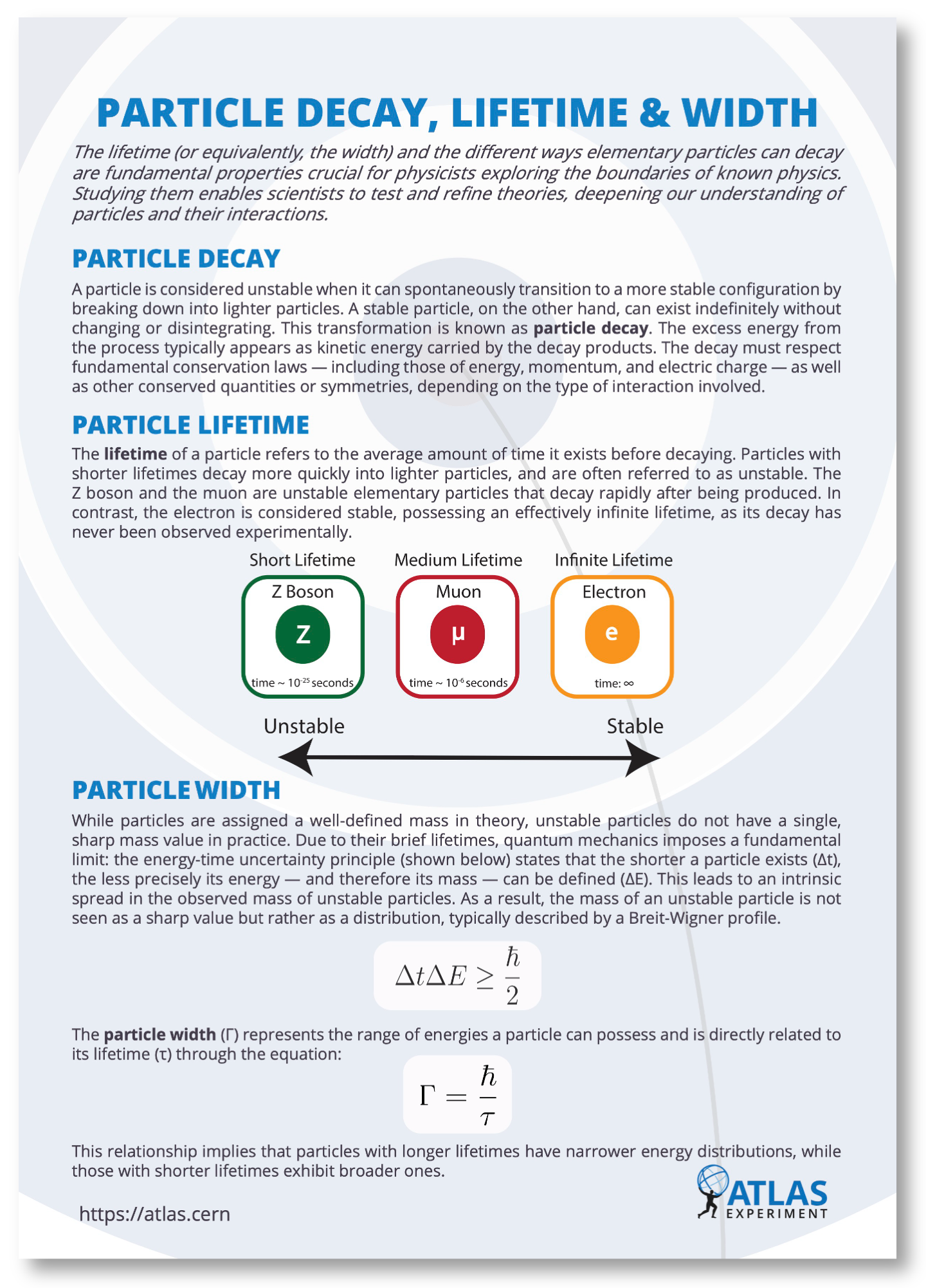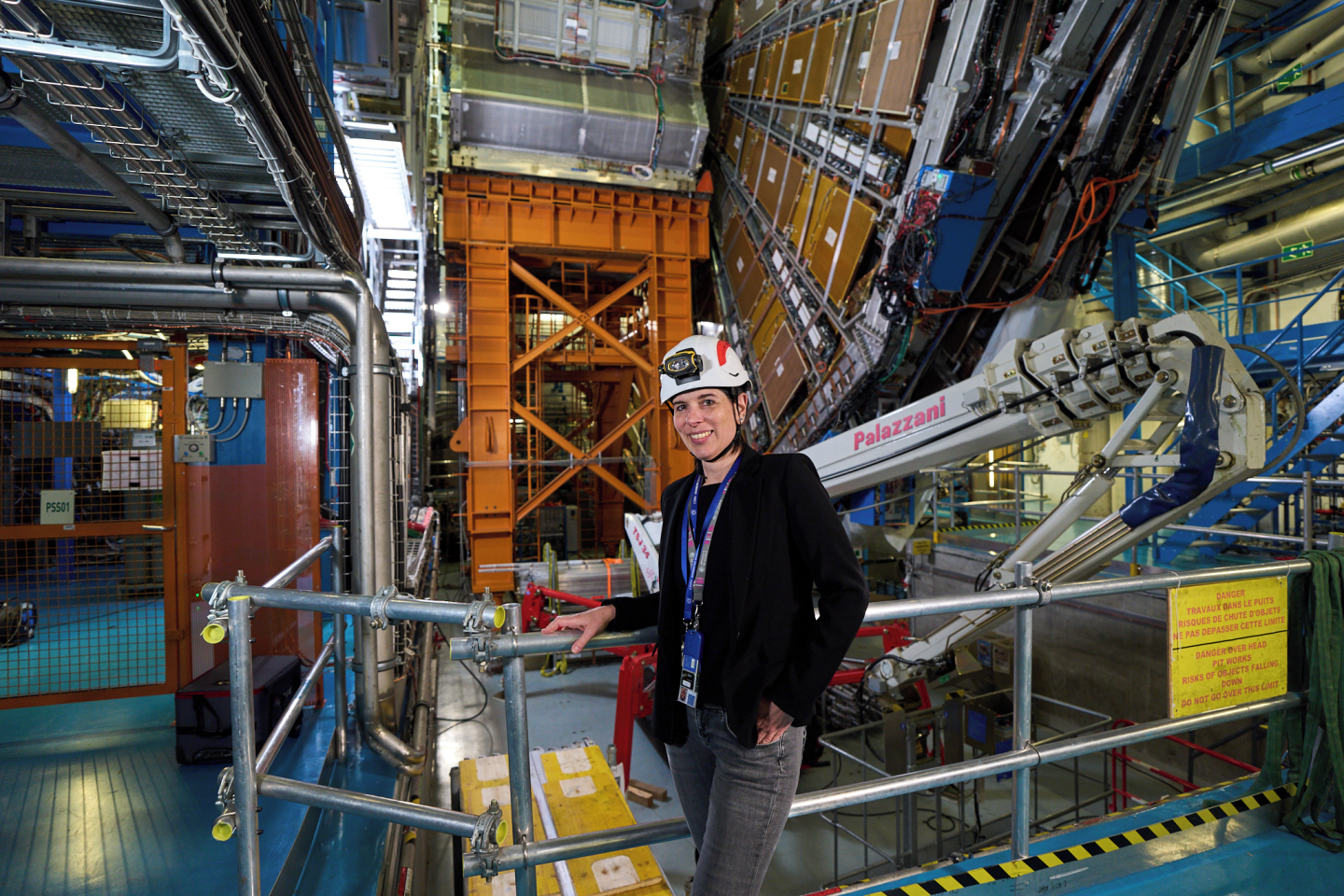This introductory video to the ATLAS Experiment and the LHC is designed for first-time audiences, offering an accessible introduction to high-energy physics research. It is ideal for educational presentations and public outreach activities. The video is available in multiple languages, with voiceovers recorded by members of the ATLAS Collaboration.
Watch the video on YouTube using the multilingual audio track feature to choose your preferred voiceover language. All voiceovers were recorded by members of the ATLAS Collaboration. To change the language, click the Settings icon (⚙️) on the YouTube player. Each language version of the video can also be viewed or downloaded from CDS via the links below.





